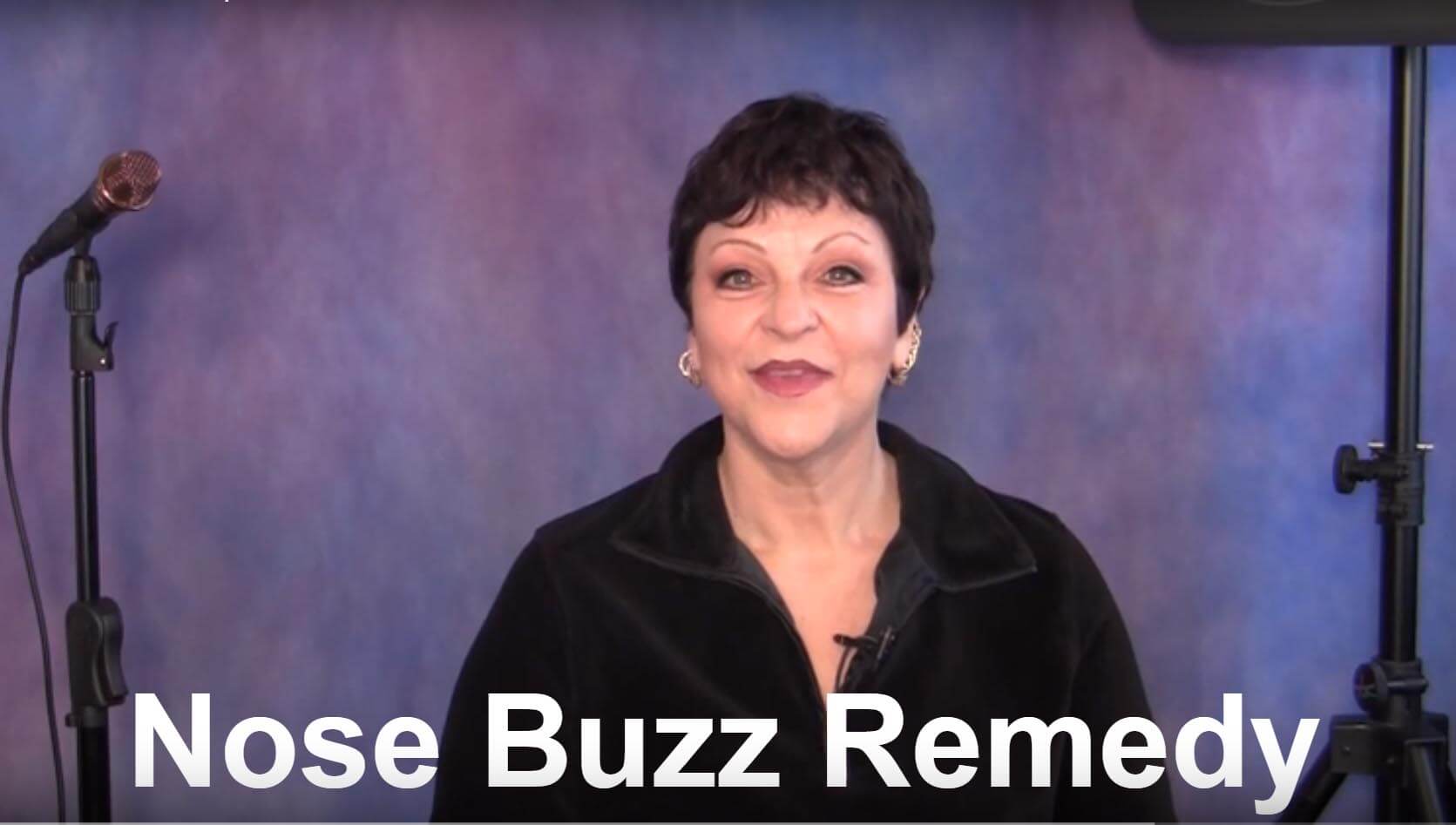By Jeannie Deva
There are three ways singers create vibrato. Let’s start with what it means. The word vibrato is Italian for “vibrate” and it comes from the Latin “vibrātus”, past tense of “vibrāre” to vibrate or shake. Vibrato is a pulsating effect created during a sustained tone.
1. Pulse Vibrato is achieved through changes in the volume of the note. The rapid interruptions of the tone that create the wavering effect are caused by increases and decreases in volume, not pitch. This type of vibrato is stylistically appropriate for rock, pop, and some R&B. The speed tends to be moderate but will vary with the personal style of the artist. Many of these artists will use a combination of straight tone as well as pulse vibrato.
2. Contemporary Pitch Change Vibrato starts on the sustained note and moves a quarter tone down in pitch and then back up to the original pitch. The speed used is usually fast or moderate. More often, jazz, funk, blues, soul, Gospel, R&B, and some pop singers use this type of vibrato.
3. Classical Pitch Change Vibrato starts on the melody note and moves from a quarter tone to a whole tone up and back to the original pitch. It can be slow or fast. As its name implies, it’s used in classical, opera, pop opera (“popera”), and some musical theater.
If you don’t have a natural vibrato, there is hope. Vibrato tends to develop organically when poor singing habits are eliminated and replaced by correct vocal development that awakens, aligns, and strengthens the natural performance of the singing voice.
More information about vibrato and the exercises to develop it can be found in Contemporary Vocalist Vol. One




Leave A Comment